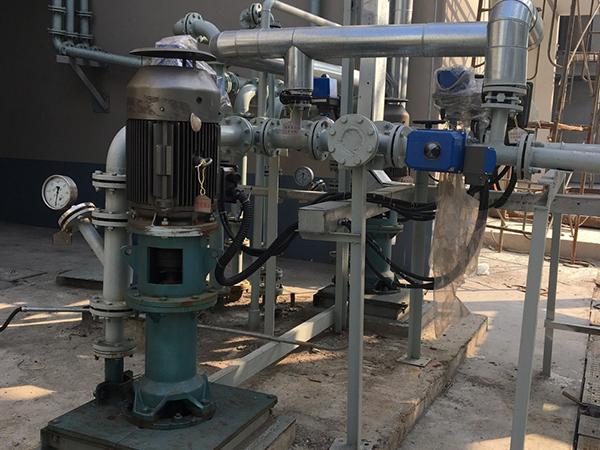English
- Afrikaans
- Albanian
- Amharic
- Arabic
- Armenian
- Azerbaijani
- Basque
- Belarusian
- Bengali
- Bosnian
- Bulgarian
- Catalan
- Cebuano
- Corsican
- Croatian
- Czech
- Danish
- Dutch
- English
- Esperanto
- Estonian
- Finnish
- French
- Frisian
- Galician
- Georgian
- German
- Greek
- Gujarati
- Haitian Creole
- hausa
- hawaiian
- Hebrew
- Hindi
- Miao
- Hungarian
- Icelandic
- igbo
- Indonesian
- irish
- Italian
- Japanese
- Javanese
- Kannada
- kazakh
- Khmer
- Rwandese
- Korean
- Kurdish
- Kyrgyz
- Lao
- Latin
- Latvian
- Lithuanian
- Luxembourgish
- Macedonian
- Malgashi
- Malay
- Malayalam
- Maltese
- Maori
- Marathi
- Mongolian
- Myanmar
- Nepali
- Norwegian
- Norwegian
- Occitan
- Pashto
- Persian
- Polish
- Portuguese
- Punjabi
- Romanian
- Russian
- Samoan
- Scottish Gaelic
- Serbian
- Sesotho
- Shona
- Sindhi
- Sinhala
- Slovak
- Slovenian
- Somali
- Spanish
- Sundanese
- Swahili
- Swedish
- Tagalog
- Tajik
- Tamil
- Tatar
- Telugu
- Thai
- Turkish
- Turkmen
- Ukrainian
- Urdu
- Uighur
- Uzbek
- Vietnamese
- Welsh
- Bantu
- Yiddish
- Yoruba
- Zulu
Telephone: +86 13120555503
Email: frank@cypump.com
Nov . 30, 2024 10:20 Back to list
Guide to Designing and Operating Submersible Sewage Pumping Systems for Optimal Performance
Submersible Sewage Pumping Systems An Essential Handbook
Submersible sewage pumping systems play a crucial role in the effective management of wastewater and sewage in residential, commercial, and industrial settings. Unlike traditional surface pumping systems, submersible pumps operate while submerged in the sewage, offering various advantages in terms of efficiency, space-saving, and maintenance.
Design and Functionality
Submersible pumps are designed to be fully submerged in the fluid they are pumping, allowing for operation in confined spaces such as wet wells or sewage pits. These systems typically consist of a motor, a pump, and a control system. The motor is sealed in a protective casing to prevent any intrusion from water or sewage, ensuring safety and longevity.
The operational principle relies on the use of a centrifugal pump mechanism, where impellers draw sewage into the pump and push it through the discharge pipe. This process is efficient and utilizes the pressure differential generated by submersion, reducing the need for additional suction lines and minimizing energy consumption.
Advantages of Submersible Pumping Systems
1. Space Efficiency One of the primary benefits of submersible pumping systems is their compact design. They can be installed in limited spaces without the need for large surface infrastructure, making them ideal for urban environments where space is at a premium.
2. Reduced Noise Pollution Because submersible pumps are submerged in sewage, they operate much more quietly than traditional pumps. This minimizes noise disturbances in surrounding areas, which is particularly beneficial in residential neighborhoods or sensitive environments.
submersible sewage pumping systems handbook

3. Improved Efficiency Submersible pumps are often more energy-efficient than their surface counterparts. The elimination of suction lines leads to lower energy consumption during operation, which can result in significant cost savings over time.
4. Enhanced Safety By keeping the motor submerged, the risk of mechanical failures due to exposure to external elements is significantly reduced. Additionally, many systems come equipped with built-in safety features such as overload protection and automatic shut-off mechanisms, further ensuring safe operations.
Maintenance and Considerations
Effective maintenance is crucial to ensuring the longevity and reliability of submersible sewage pumping systems. Regular inspections and service checks should include the following
- Motor Inspection Regularly checking the motor for signs of wear or damage will help prevent unexpected failures. - Cleaning Sediment and debris can accumulate, potentially clogging the system. Routine cleaning ensures optimal performance. - Seals and Bearings Regularly inspecting seals and bearings will help detect early signs of wear, which can lead to more extensive pump damage if not addressed.
When selecting a submersible pump, it is essential to consider factors such as the type of sewage being pumped, the required flow rate, and the head height (the vertical distance the sewage needs to be pumped). Understanding these parameters will ensure the right system is chosen for the specific application.
Conclusion
Submersible sewage pumping systems are integral to efficient sewage management in various settings. Their advantages of space economy, reduced noise, enhanced safety, and energy efficiency make them a preferable choice across many applications. However, to maximize their lifespan and performance, appropriate maintenance and timely inspections are crucial. This handbook serves as a foundational guide for understanding the essential principles, advantages, and maintenance practices associated with submersible sewage pumping systems, paving the way for informed decisions in sewage management solutions.
-
Horizontal Split Case Pump with GPT-4 Turbo | High Efficiency
NewsAug.01,2025
-
ISG Series Pipeline Pump - Chi Yuan Pumps | High Efficiency, Durable Design
NewsAug.01,2025
-
Advanced Flue Gas Desulfurization Pump with GPT-4 Turbo | Durable & Efficient
NewsJul.31,2025
-
ISG Series Vertical Pipeline Pump - Chi Yuan Pumps | Advanced Hydraulic Design&Durable Construction
NewsJul.31,2025
-
ISG Series Vertical Pipeline Pump - Chi Yuan Pumps | Energy Efficient & Low Noise
NewsJul.31,2025
-
pipeline pump - Chi Yuan Pumps Co., LTD.|High Efficiency&Low Noise
NewsJul.31,2025










